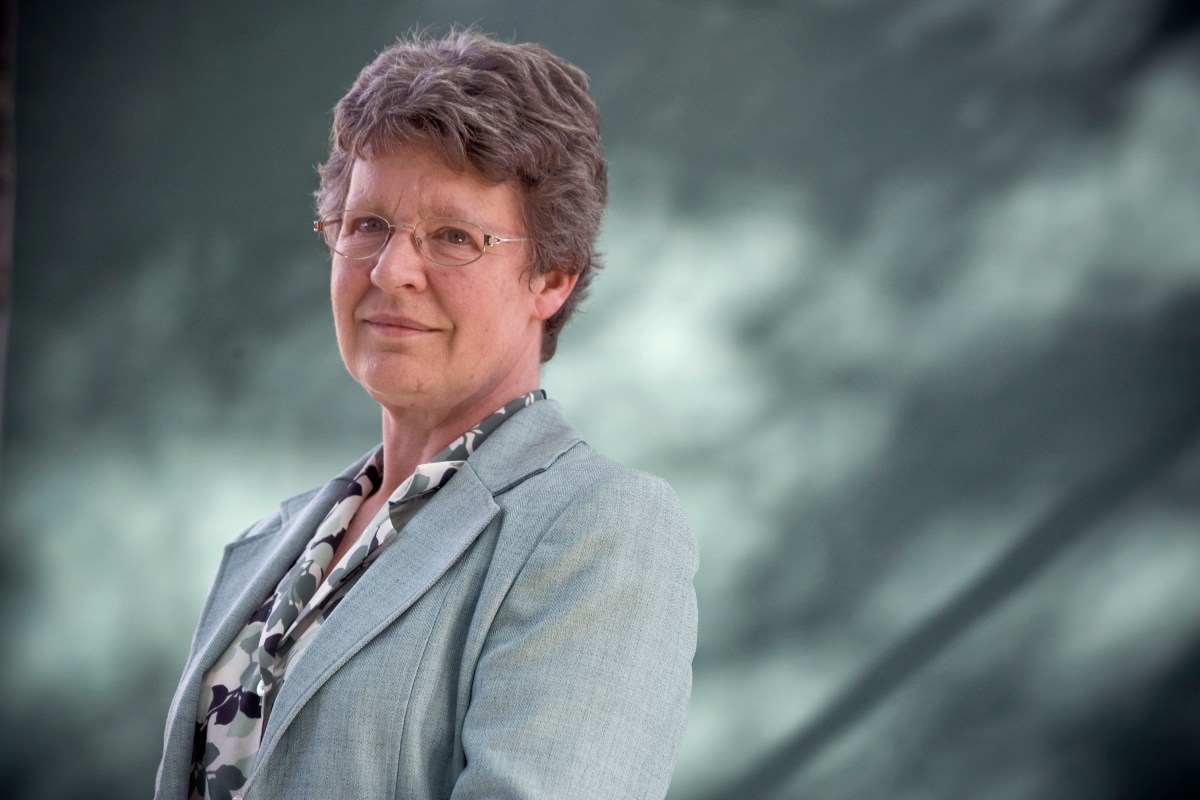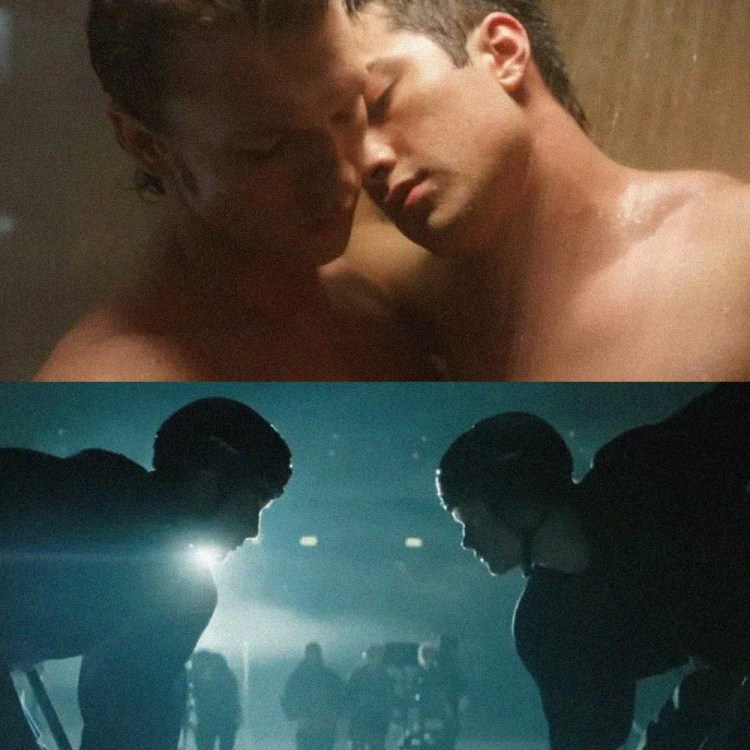A new article in National Geographic profiles Dame Jocelyn Bell Burnell, the scientist who discovered pulsars in 1967 and thus made possible much of what we today know about space and the stars. Pulsars are massive star corpses, and since Burnell’s discovery they have helped scientists study phenomena like gravitational waves and cosmic oceans.
Burnell was a graduate student at the University of Cambridge 51 years ago when her advisor tasked her with building a radio telescope. With the intention of studying quasars, Burnell noticed repeated radio pulses that kept extremely precise time. Those radio pulses were eventually identified as pulsars, which at that point in scientific history were considered hypothetical.
One of the more exciting uses of Burnell’s discovery in the decades since has been a map of pulsars designed to direct potential aliens in Earth’s direction.
“Initially, when you stumble on something new, you’re really working in a fog,” Burnell told National Geographic. “And goodness, haven’t we moved a long way in 50 years?”
Thanks for reading InsideHook. Sign up for our daily newsletter and be in the know.



















